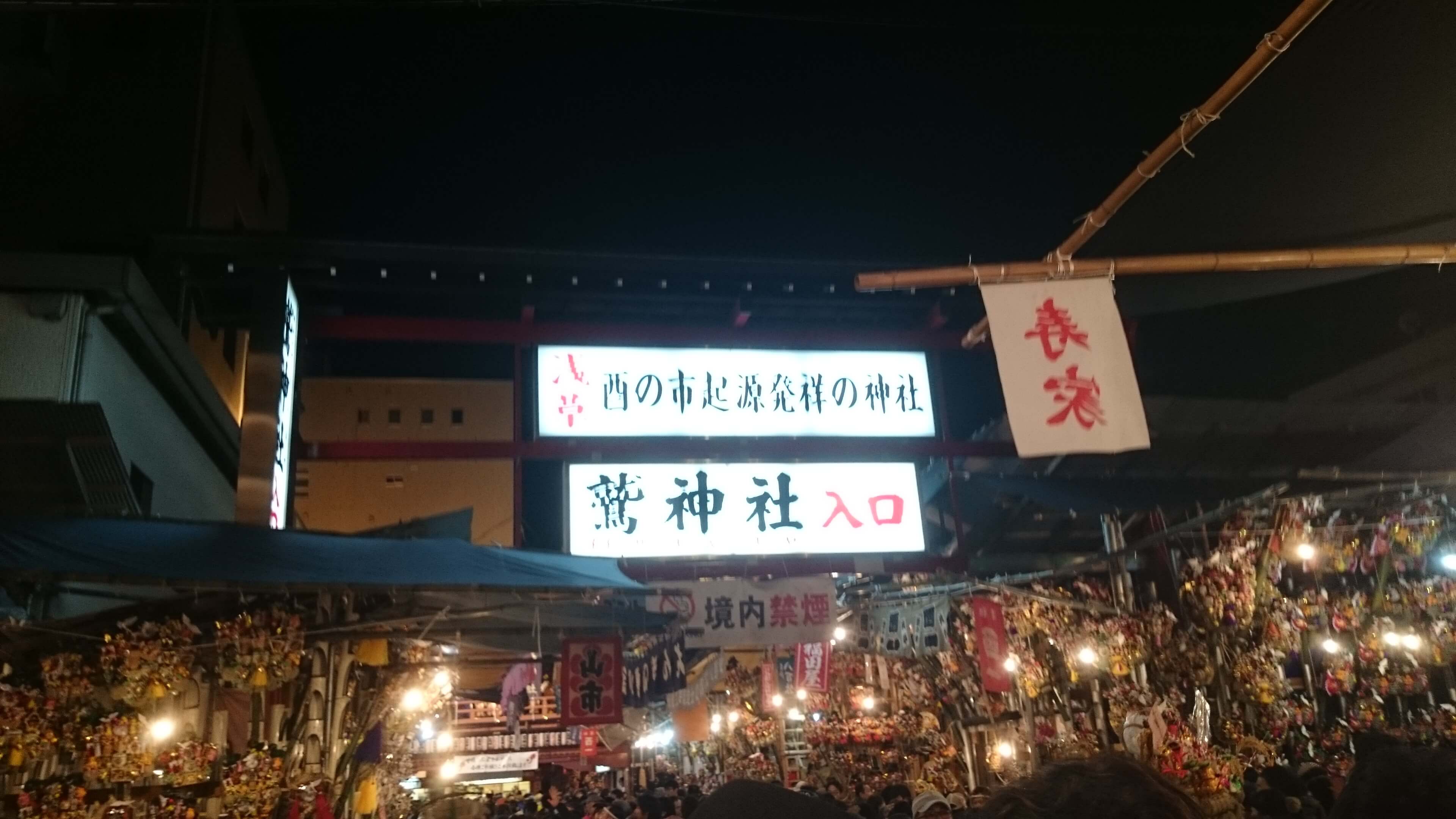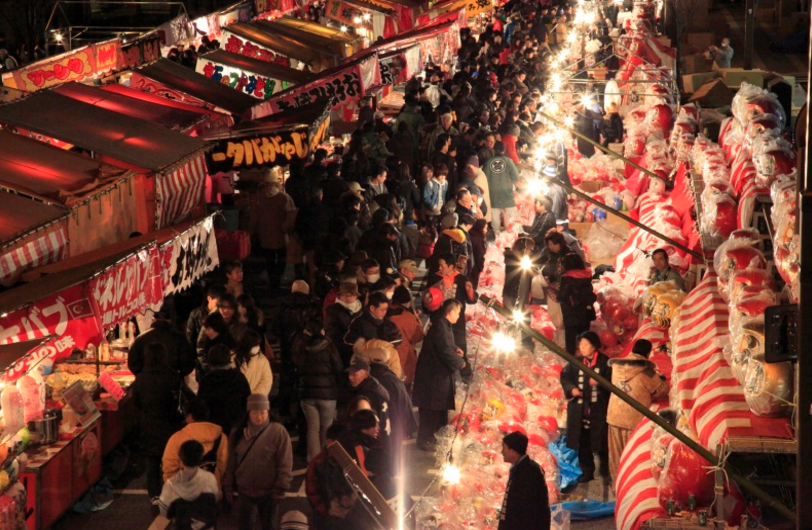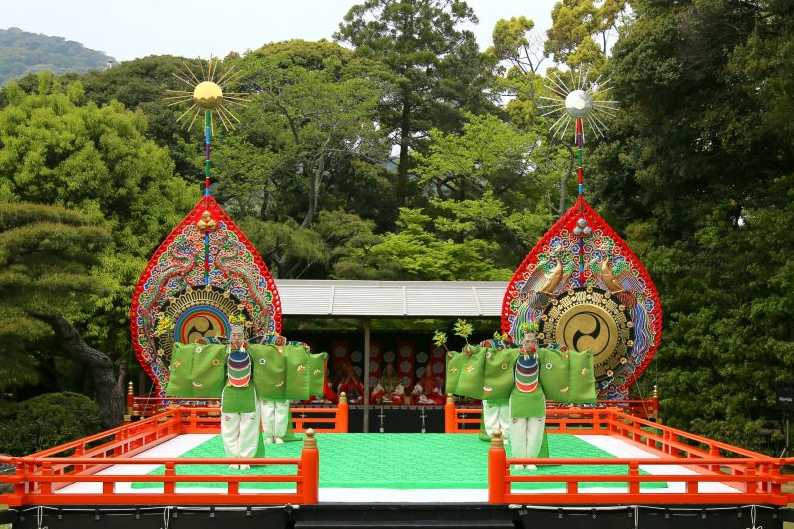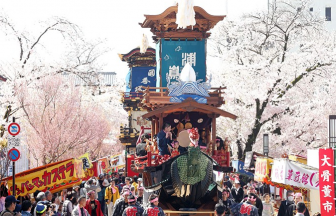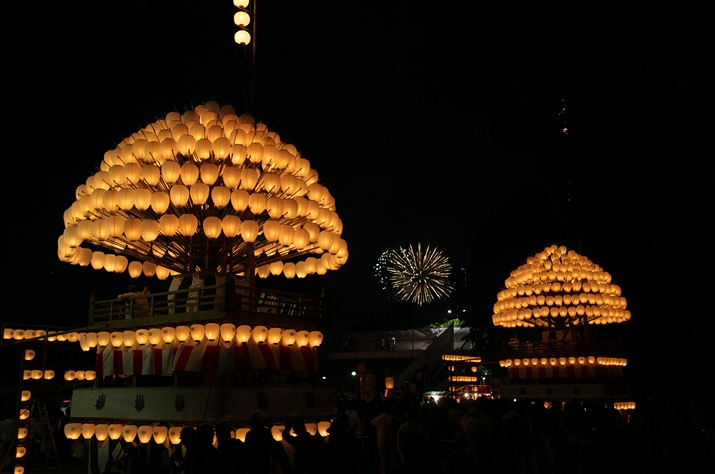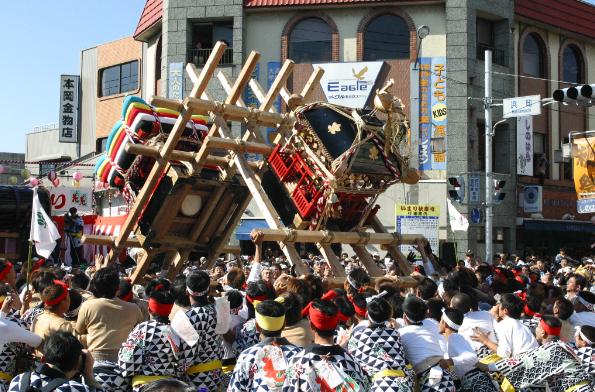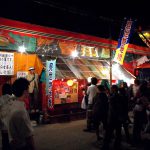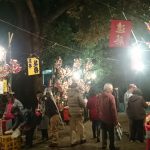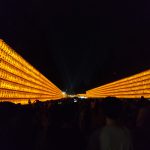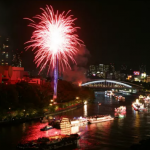“Tori no Ichi” is an annual event held at various shrines and temples dedicated to the deity Tori, such as Ohtori Shrines, Tori Temples, and Otori Shrines across Japan, primarily in the Kanto region. It takes place on Tori no Hi (Days of the Rooster) in November each year.
There are usually three Days of the Rooster in November, but in some years, there are only two due to the calendar.
The most lively day is the third Tori no Ichi, called “San no Tori,” which is even more vibrant than the first and second Tori no Ichi.
Additionally, the shrines and temples that host Tori no Ichi worship Prince Yamato Takeru, who is revered as a deity of military fortune, good luck, and business prosperity.
At Tori no Ichi, many more stalls are set up compared to other festivals, as evidenced by the sale of “engimono kumade” (lucky rakes) which symbolize gathering good fortune. This attracts a large crowd, making it one of the most lively winter festivals. The sense of urgency towards the year-end adds a different atmosphere compared to summer festivals.
Now, the Tori no Ichi held at this Ohtori Shrine in Asakusa is very famous as one of the three major Tori no Ichi festivals in the Kanto region. The Tori no Ichi at Ohtori Shrine is large in scale and has been cherished for a long time, as seen in the novel “Takekurabe” by Ichiyo Higuchi, whose portrait is on the current 5,000 yen note.
History of Asakusa Ohtori Shrine’s Tori no Ichi
According to the shrine’s tradition, when the sun goddess Amaterasu hid in the cave of Ama no Iwato, there was a deity in charge of a musical instrument called Gen. When the strong god Ama no Tajikarao opened the cave, a hawk landed on the end of the instrument’s string, symbolizing the brightening of the world. The gods were delighted by this auspicious omen and, from then on, the deity was named Ohtori Daimyojin or Ame no Hiwasu no Kami, incorporating the character for “hawk” (tori). Ame no Hiwasu no Kami is worshiped here as a deity who opens lands across the country and is highly revered for good fortune, agricultural prosperity, and business success.
Later, when Prince Yamato Takeru stopped at the shrine during his eastern expedition to conquer the barbarians, he prayed for victory. After achieving his goal, he hung his war gear, including a “kumade” (rake), on a pine tree in front of the shrine to celebrate his victory and give thanks. Since that day was a Tori no Hi in November, this day was designated as the annual festival day for Ohtori Shrine, and thus “Tori no Ichi” began. As a result, Prince Yamato Takeru was also enshrined here as one of the deities.
Originally, the name “Tori no Ichi” derived from “Tori no Machi” (Festival of the Rooster). It changed to “Ichi” (Market) when a market began to be held. The Tori no Ichi at Ohtori Shrine still retains a strong ceremonial atmosphere.
Why not imagine the scenes from “Takekurabe” and experience the traditional atmosphere under the winter sky?


